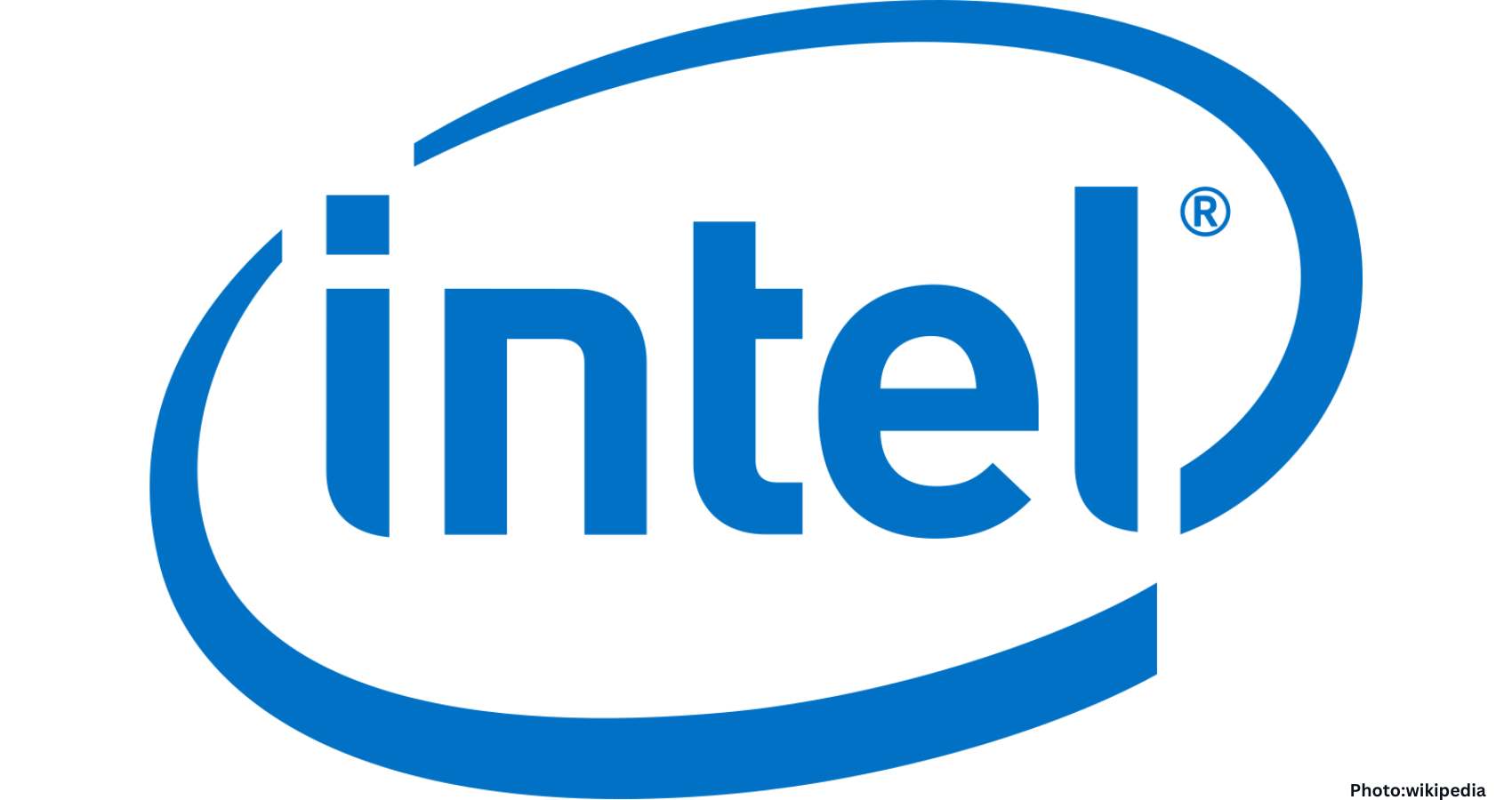Intel’s CEO Lip-Bu Tan will oversee the company’s artificial intelligence initiatives following the departure of CTO Sachin Katti to OpenAI, marking a significant leadership transition.
Intel announced on Monday that CEO Lip-Bu Tan will directly oversee the company’s artificial intelligence initiatives. This change comes in the wake of the departure of Sachin Katti, the former chief technology officer, who has joined OpenAI, the organization behind ChatGPT.
Katti revealed his move to OpenAI in a post on X, signaling a major leadership shift at the semiconductor giant. He had been instrumental in shaping Intel’s AI strategy since a management overhaul earlier this year. His efforts focused on aligning the company’s chip development with the growing demands of artificial intelligence.
In a statement, Intel expressed gratitude for Katti’s contributions, stating, “We thank Sachin for his contributions and wish him all the best. Lip-Bu will lead the AI and Advanced Technologies Groups, working closely with the team.” The company emphasized that AI remains a top strategic priority, with a commitment to executing its technology and product roadmap across emerging AI workloads.
OpenAI President Greg Brockman also commented on Katti’s new role, stating on X that he would be “designing and building our compute infrastructure, which will power our artificial general intelligence research and scale its applications to benefit everyone.”
Since taking the helm as Intel’s CEO in March, Lip-Bu Tan has faced the challenge of stabilizing a company in transition. His tenure has seen several senior executives depart, underscoring the significant changes underway as Intel seeks to regain its competitive edge in the chip industry.
Tan, who has extensive experience in semiconductors and venture capital, was brought in to revitalize a brand that once led global chipmaking but has recently struggled to keep pace with rivals like TSMC and Nvidia. His turnaround strategy focuses on restoring Intel’s reputation as a technology leader and a dependable manufacturing partner.
One of Tan’s primary challenges is the company’s foundry business, which was established to produce chips for external clients. Despite substantial investments and support from U.S. policymakers, Intel has yet to secure a high-profile customer that would demonstrate confidence in its manufacturing capabilities.
Sources close to the company indicate that Tan is working to streamline decision-making processes and attract new partnerships, although tangible results may take time. The recent leadership changes reflect Intel’s ongoing efforts to reinvent itself while balancing the need for fresh direction with the urgency to deliver results in a rapidly evolving landscape dominated by AI and advanced chip design.
Intel’s traditional strength in central processing units (CPUs) has allowed it to maintain relevance in AI infrastructure, where its chips continue to power many server systems. However, these processors are increasingly overshadowed by high-performance AI accelerators that dominate the market. The company has yet to introduce a data center AI chip that can compete with the powerful silicon developed by Nvidia and manufactured by TSMC in Taiwan.
Despite ongoing development efforts, Intel’s AI chips have struggled to match the efficiency and scalability of Nvidia’s graphics processing units (GPUs), which have become the industry standard for training and deploying large-scale AI models.
Sachin Katti spent approximately four years at Intel, beginning in the company’s networking division before eventually leading it under former CEO Pat Gelsinger. Following Tan’s restructuring of Intel’s management earlier this year, Katti was promoted to the dual roles of chief technology officer and chief AI officer, a move seen as part of Tan’s strategy to centralize decision-making around innovation.
Under Lip-Bu Tan’s leadership, Intel has undergone a significant internal reshuffle aimed at tightening operations and invigorating its turnaround plan. Several long-time executives have had their responsibilities expanded, while new talent from outside the company has been recruited to strengthen key divisions.
Naga Chandrasekaran, who previously led Intel’s manufacturing division, has taken on a broader role that now includes managing relationships with external foundry clients. Additionally, Tan has sought to bring in new expertise, notably hiring Kevork Kechichian, a former executive at Arm, to lead Intel’s data center group, a critical unit as the company races to develop hardware capable of meeting the surging demand for artificial intelligence workloads.
Source: Original article

